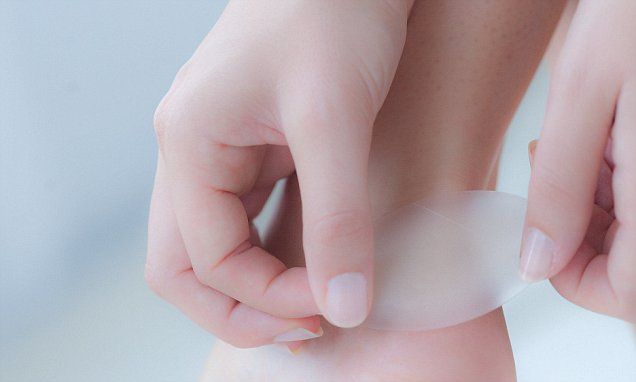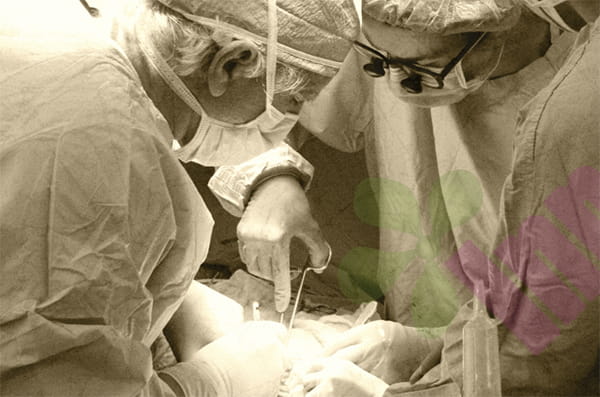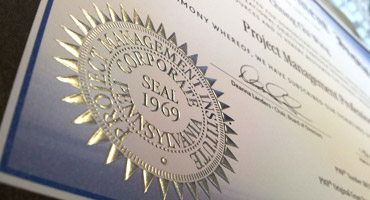Healing a foot ulcer isn't the end of treatment; it enters a new phase that requires ongoing attention. Statistics show that the recurrence rate of foot ulcers can reach 30-40% in the first year after healing, making scientific and systematic follow-up management crucial. Proper follow-up care not only prevents recurrence but also maintains foot function and improves quality of life.

How to establish a daily foot check habit?
Checking your feet at a fixed time every day should become an unshakable habit. The best time to check is in the evening after washing your feet. There should be sufficient light to ensure that every detail of the feet can be seen clearly. When checking, you need to pay special attention to the soles of the feet, between the toes, heels and other parts that are not easy to see. Use a long-handled mirror to assist in checking the soles of the feet, or ask a family member to help observe. The inspection should include changes in skin color, temperature, and texture, looking for any possible damage, blisters, swelling, or signs of fungal infection. For patients with reduced sensation, visual inspection is an essential safety measure. If you find any abnormalities, you should consult a doctor in time and not deal with them on your own.
How to choose suitable shoes and socks?
Footwear selection must adhere to professional standards. It's recommended to purchase shoes for the first time after healing in the afternoon, when the foot is slightly swollen and a more appropriate size can be purchased. The shoe's interior length should extend 1-1.5 cm beyond the longest toe, and the width should match the widest part of the foot. Choose shoes with thick soles and soft materials to avoid pressure from hard materials. The inside of the shoe should be smooth and seamless, and it's best to use specialized diabetic foot insoles. Wearing new shoes should be gradual, no more than two hours on the first day, and gradually increase the time thereafter.
Choosing socks is equally important. Choose seamless socks to avoid seams rubbing against your skin. Moisture-wicking materials keep your feet dry. Light-colored socks can help detect leakage or bleeding early. Change and clean your socks daily to ensure proper foot hygiene.
How to clean and care for your feet correctly?
Washing your feet daily with warm water is essential. Keep the water temperature around 37°C (91°F). Test the temperature with your elbow to avoid burns. Wash your feet for no more than 10 minutes, using a mild soap solution. Afterwards, gently dry your feet with a soft towel, paying special attention to the areas between your toes. Apply moisturizer to your feet, but avoid the areas between your toes to prevent excessive moisture. Trim your nails regularly, keeping them in a straight line to avoid damaging the nail groove. Do not treat corns or calluses yourself; refer them to a professional.
What healthy living habits should we maintain?
Quitting smoking is a key measure to prevent recurrence. Smoking significantly impairs peripheral blood circulation and increases the risk of recurrence. Weight control can reduce weight-bearing pressure on the feet. A balanced diet ensures adequate nutritional intake, with particular attention to protein and vitamin supplementation. Moderate exercise improves circulation, but choose exercises that put less pressure on the feet. Maintain good control of blood sugar, blood pressure, and blood lipids; the stability of these underlying conditions directly impacts foot health.

What are the signs that a relapse may occur?
Any new redness, swelling, or temperature change on the foot should be a cause for concern. Dry, cracked skin can be a new entry point for infection. Thickened and deformed toenails may indicate a fungal infection. Changes in foot shape, such as new bumps or indentations, pain or discomfort when walking, and unusual stains or blood on shoes and sock, are also a concern.
For more information on Innomed®Hydrocolloid Blister Plaster, refer to the Previous Articles. If you have customized needs, you are welcome to contact us; You Wholeheartedly. At longterm medical, we transform this data by Innovating and Developing Products that Make Life easier for those who need loving care.
Editor: kiki Jia

 English
English عربى
عربى Español
Español русский
русский 中文简体
中文简体








